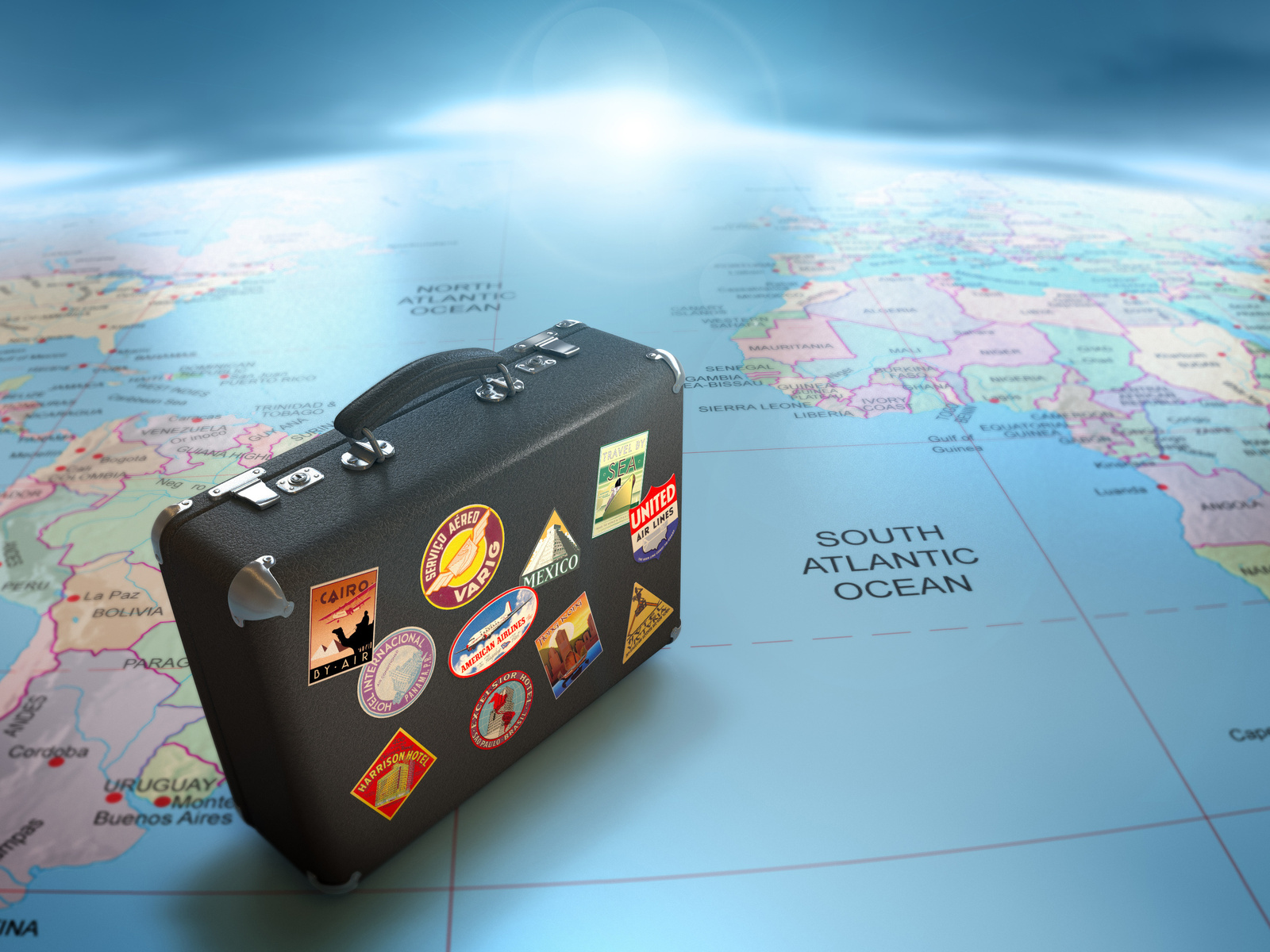Kalmar Castle is the cradle of the Northern Renaissance and one of Sweden's most important historical monuments.
The castle was founded in the 13th century. Originally, it consisted of four completely symmetrical walls and towers. The structure was odd and even ridiculous, but it performed its protective function perfectly. After all, the castle stood on the border of Sweden, Denmark, and Norway.
In 1397, Kalmar Castle took its place in history thanks to the signing of the Kalmar Union (an agreement between Denmark, Sweden, and Norway resulting in them sacrificing their sovereignty but retaining significant autonomy). The union existed for a long time. It collapsed only in 1523 due to the diverging interests of its members. All this time, the fortress was expanding and improving.
The castle seems formidable even from afar. You can feel its power and strength that can't be hidden. Inside, this power is felt even stronger. It seems that over the years of its existence, the castle has absorbed the power of those who lived in it. So today it shows everyone what a men's will is capable of.
The castle also includes the royal tower, where the chambers of Eric XIV are located. Its walls and ceiling are decorated with carved wooden panels, frescoes depicting hunting. Take a close look, there is a small door near the fireplace, which opens to a secret passage to the roof.
Today, many halls of the castle are open to the public. There are expositions, where visitors can find interactive screens and learn more about that era and the rulers who lived in the castle. For example, the gray hall is very interesting as it houses a reconstruction of Johan III's Easter Dinner. The Agda Chamber also deserves special attention as it shows the life of the king's favorite mistress Agda Persdotter.



